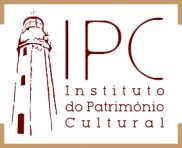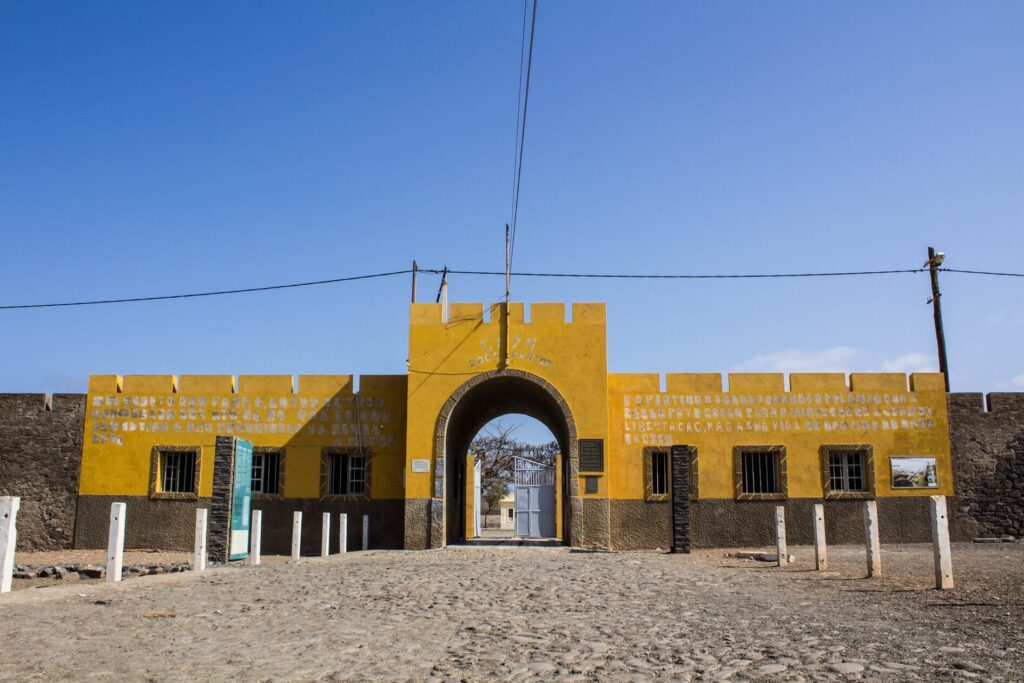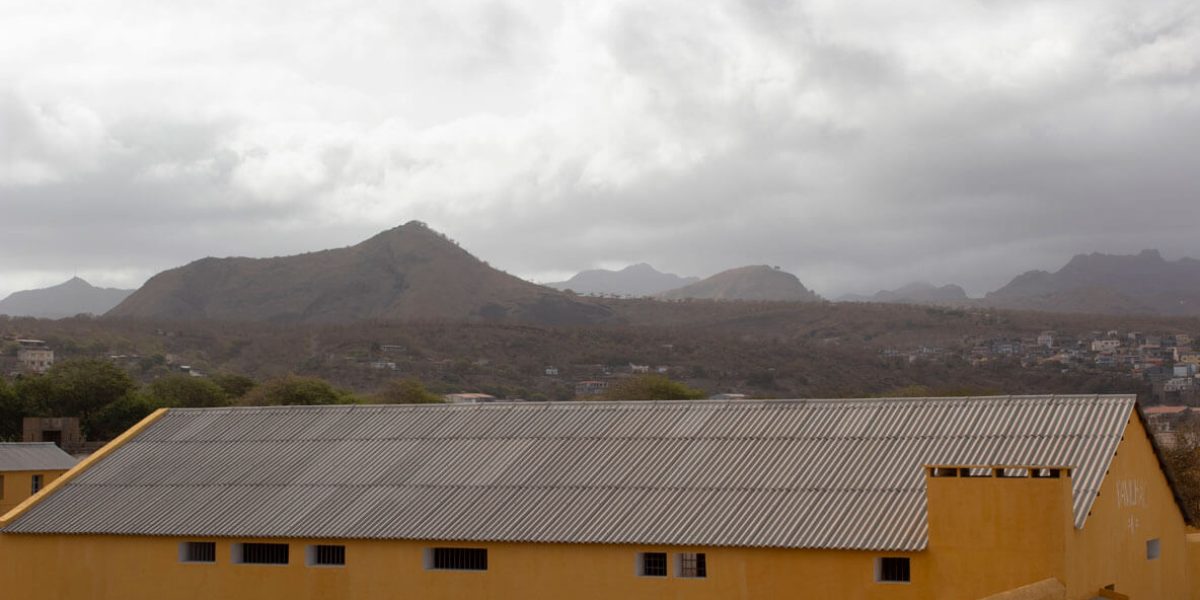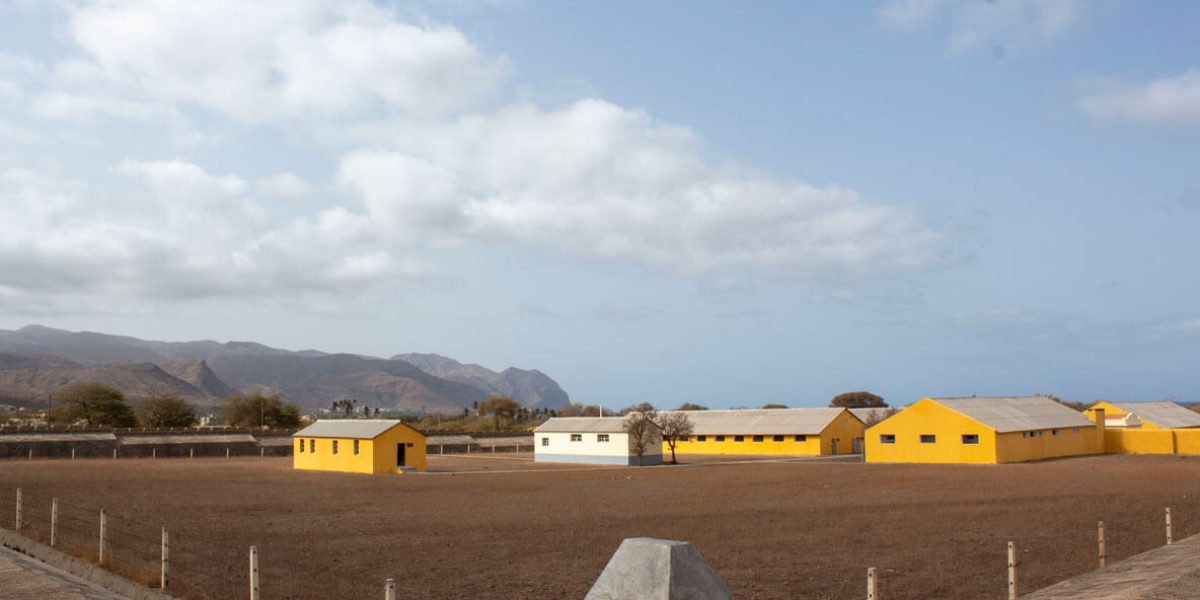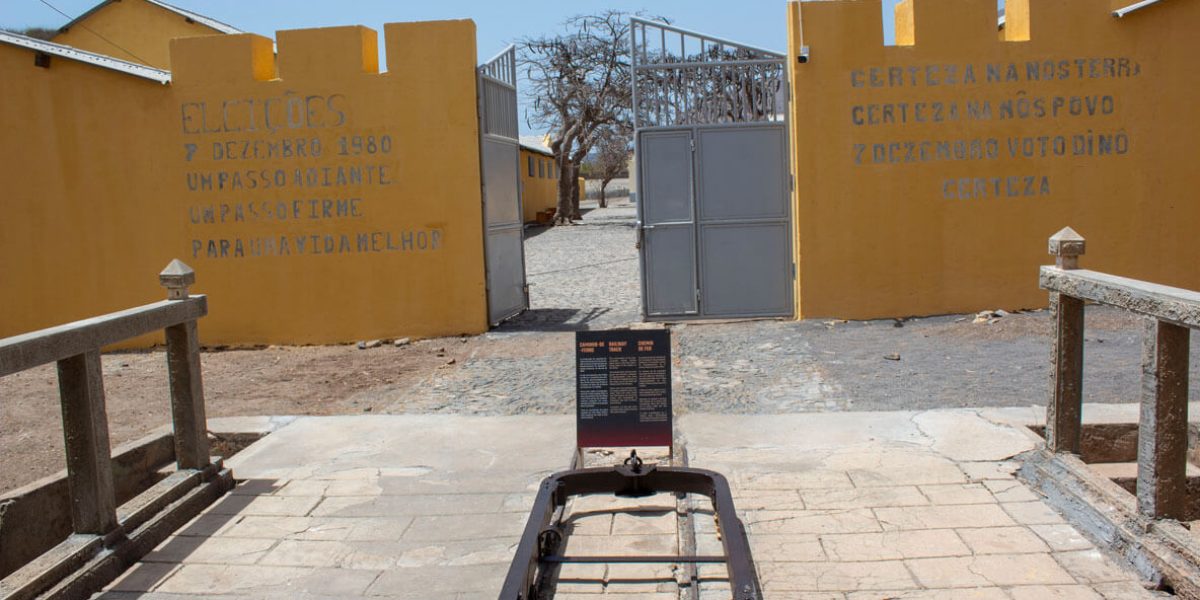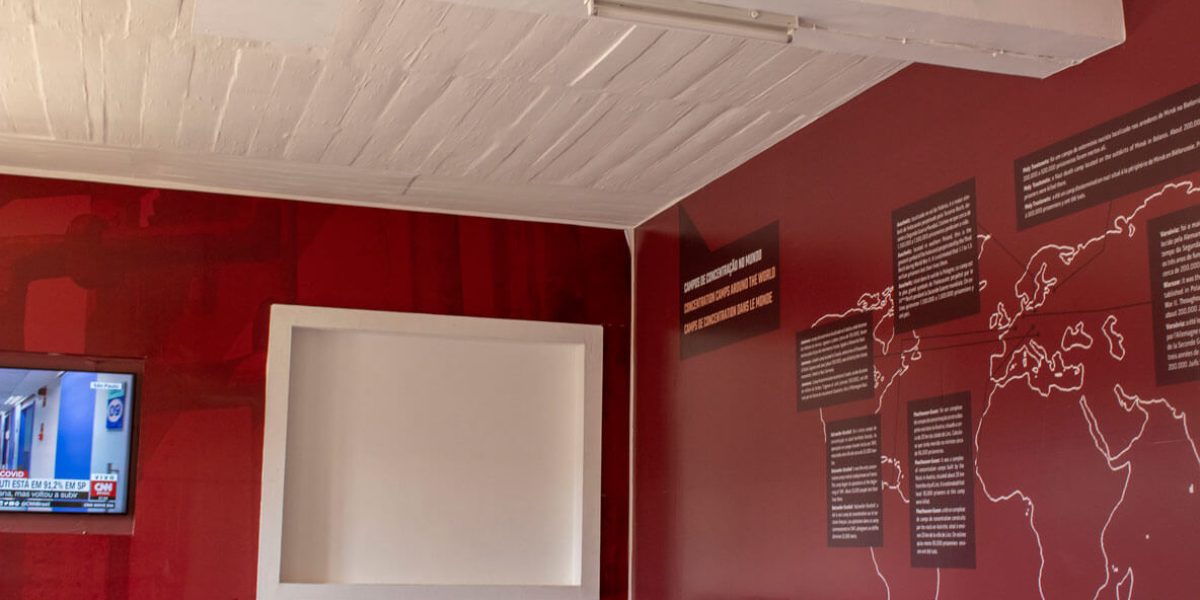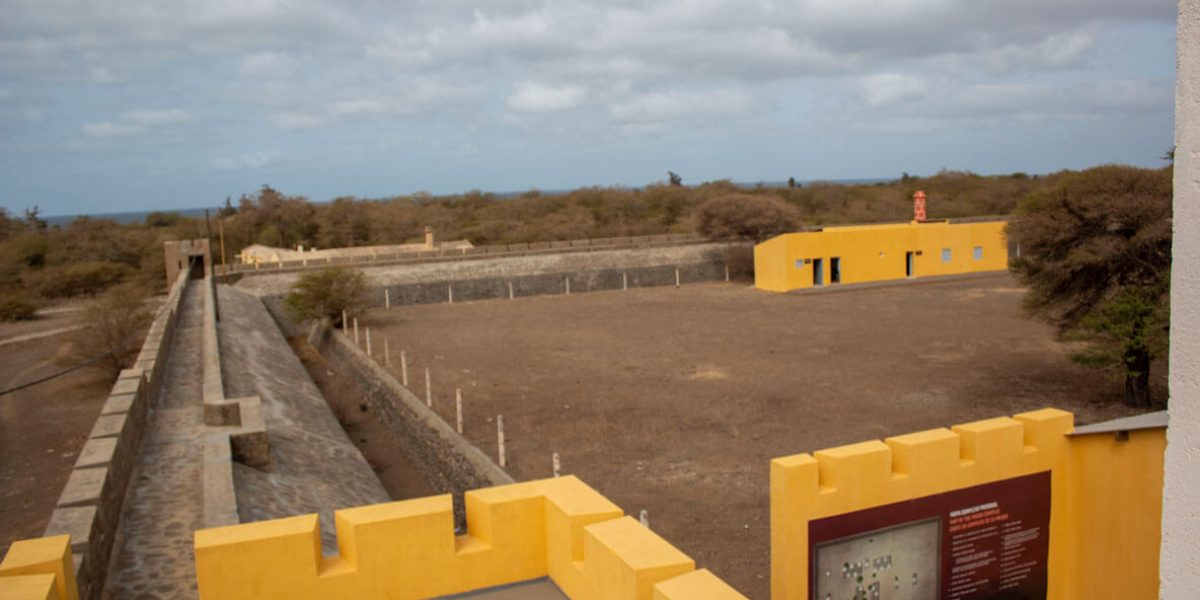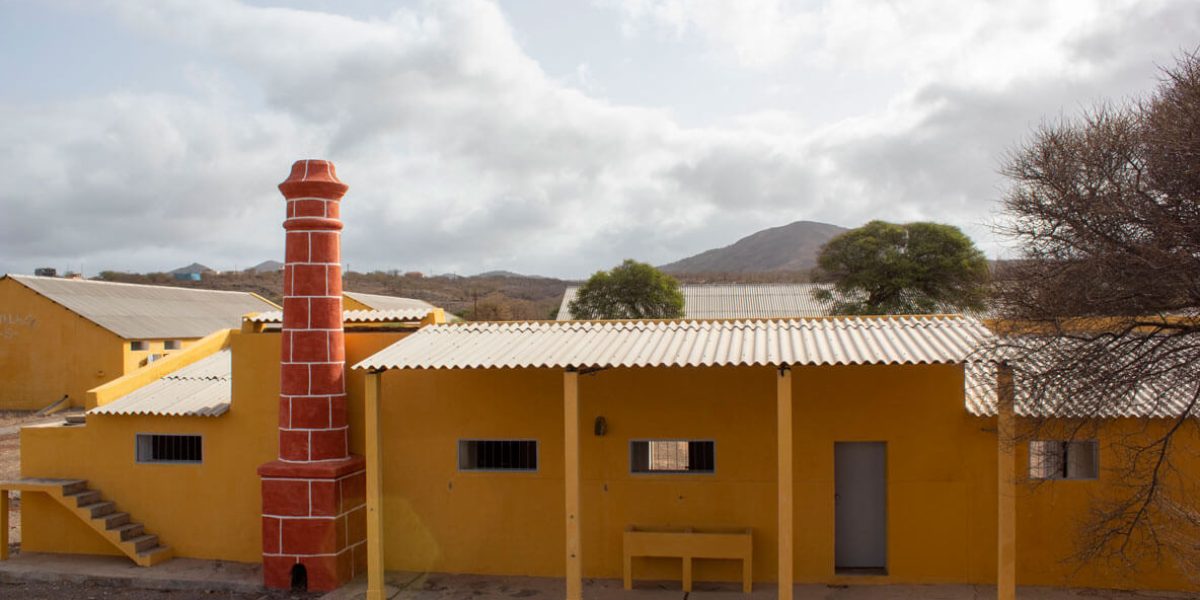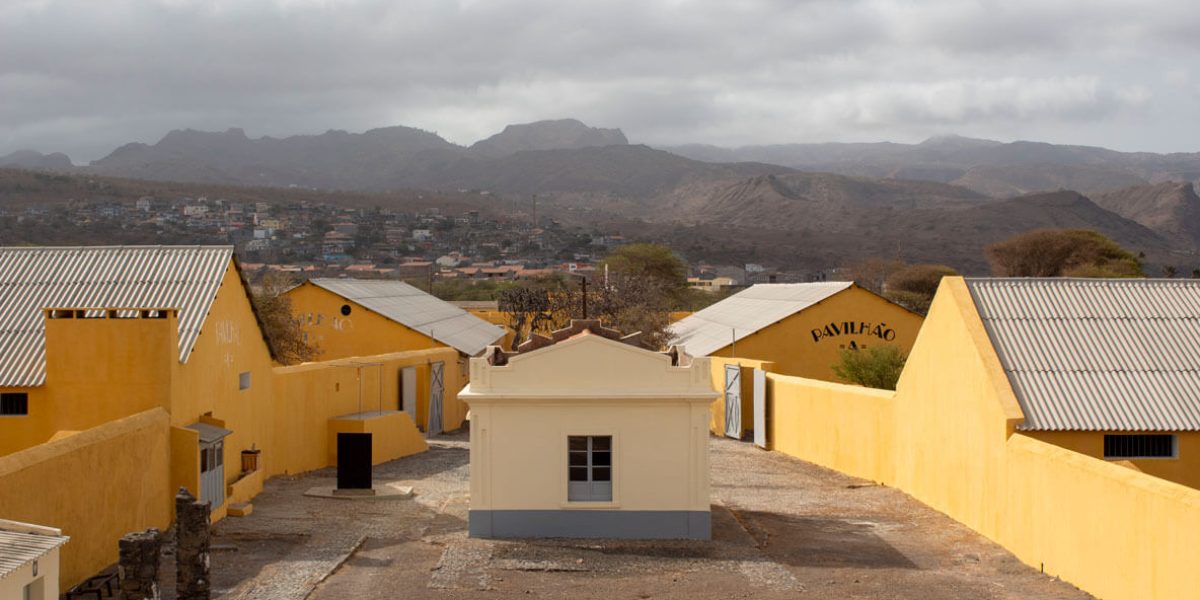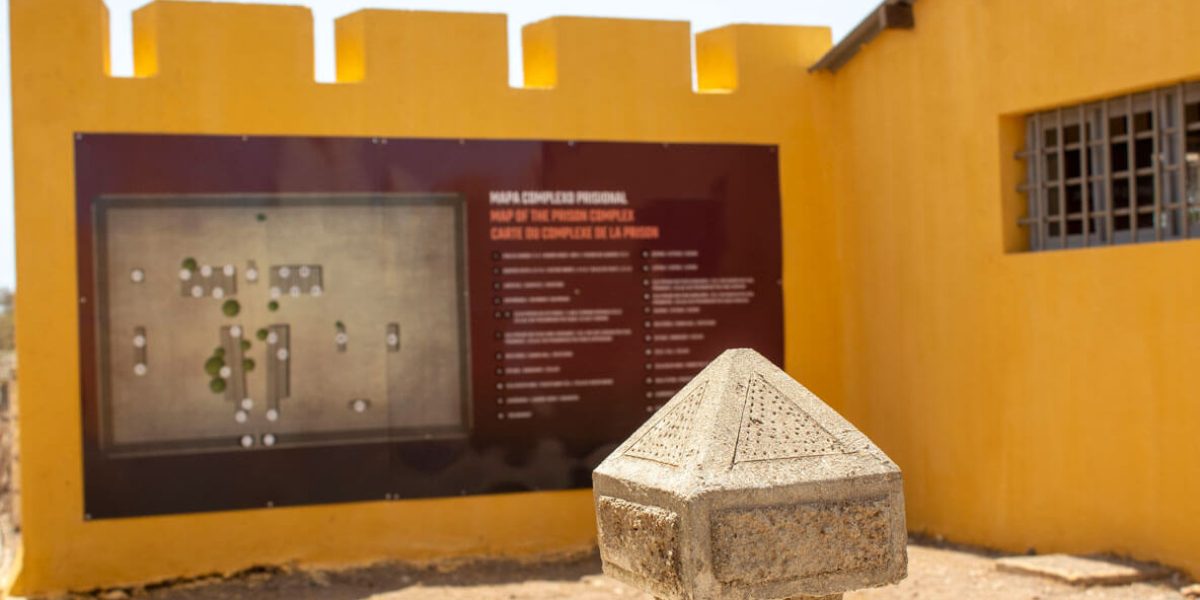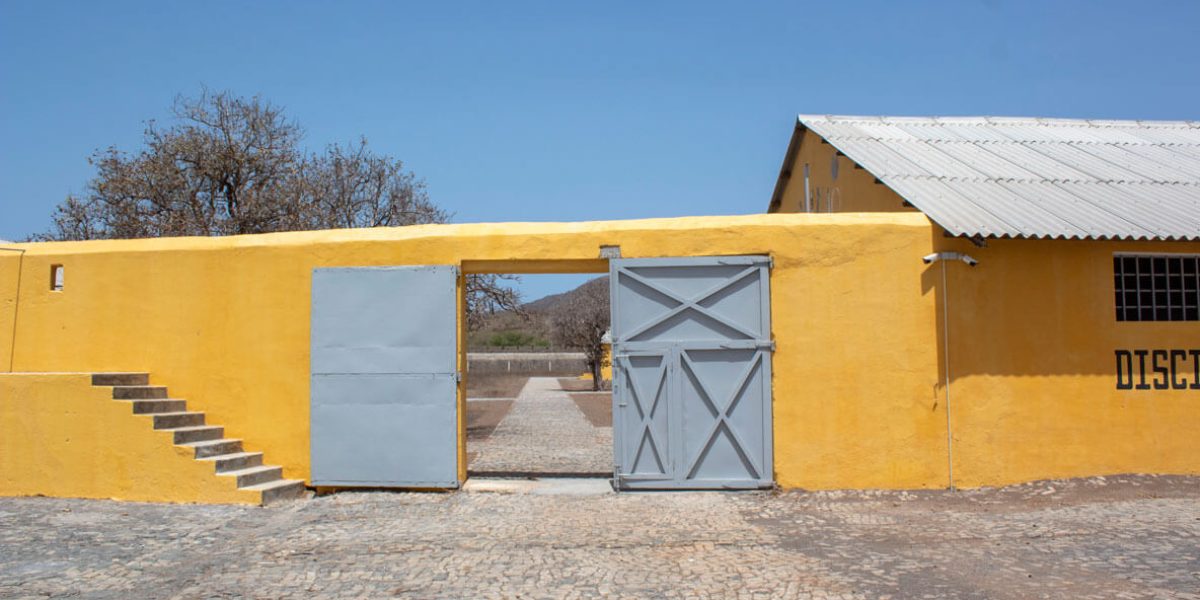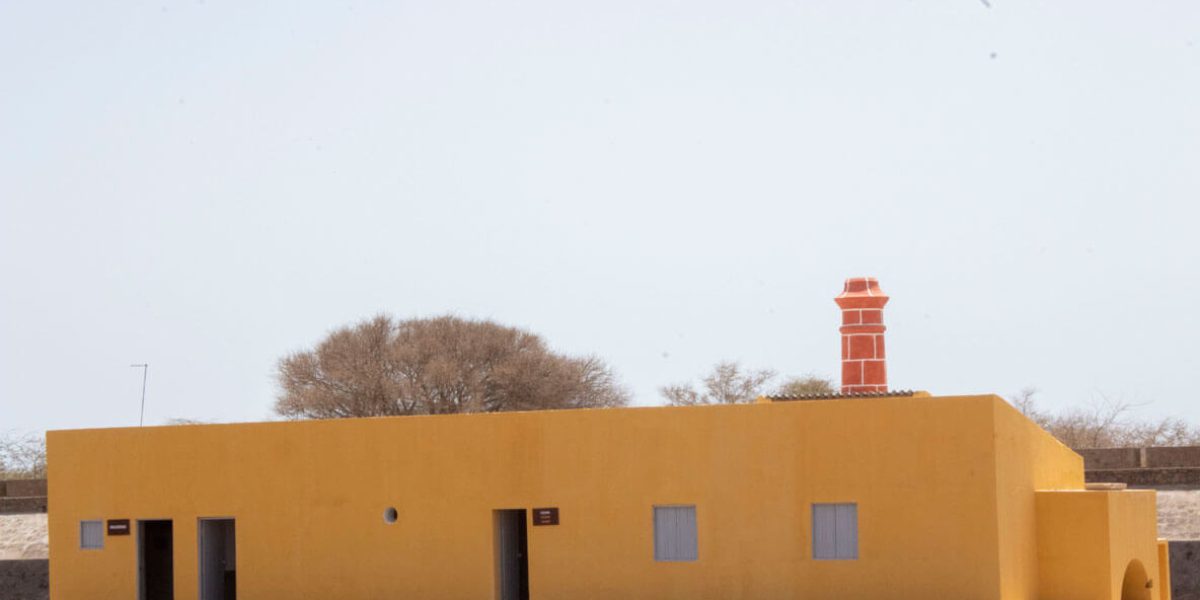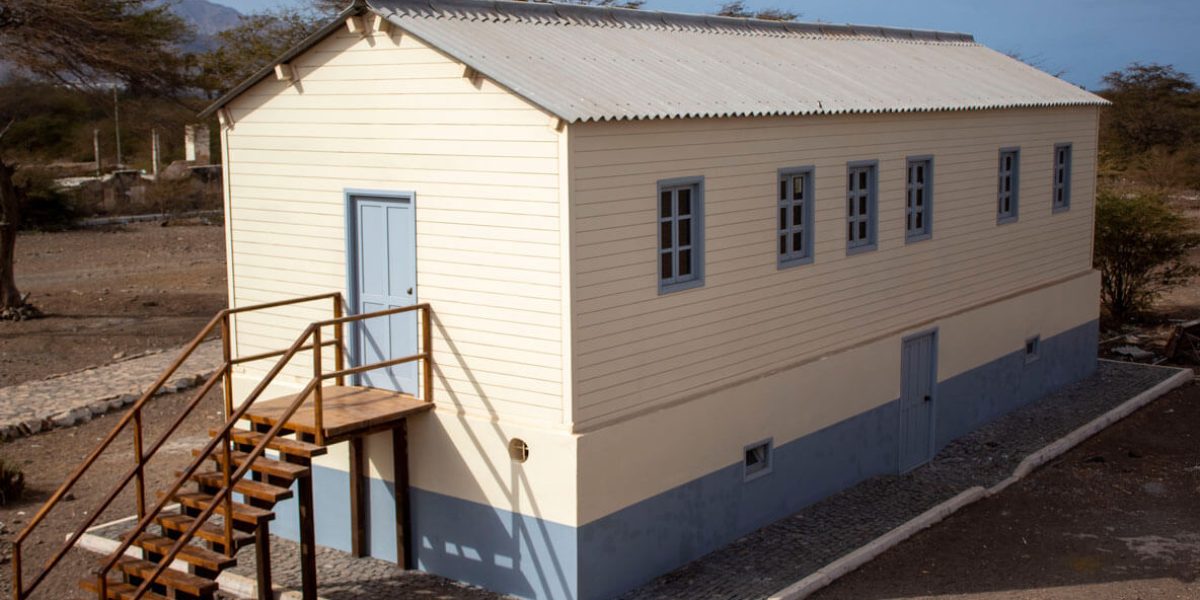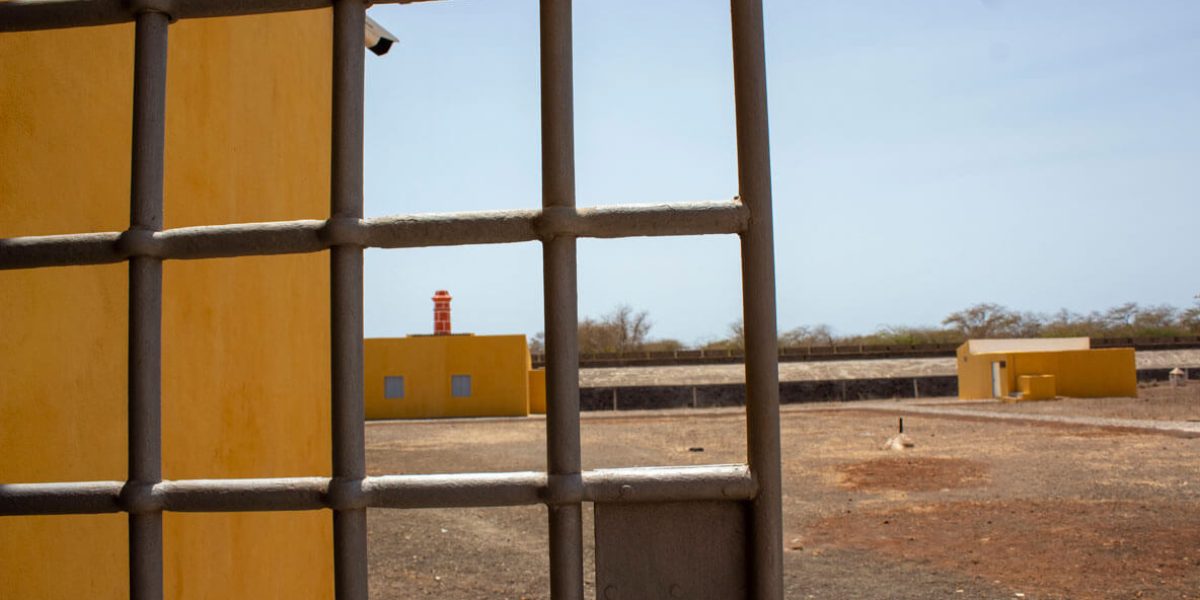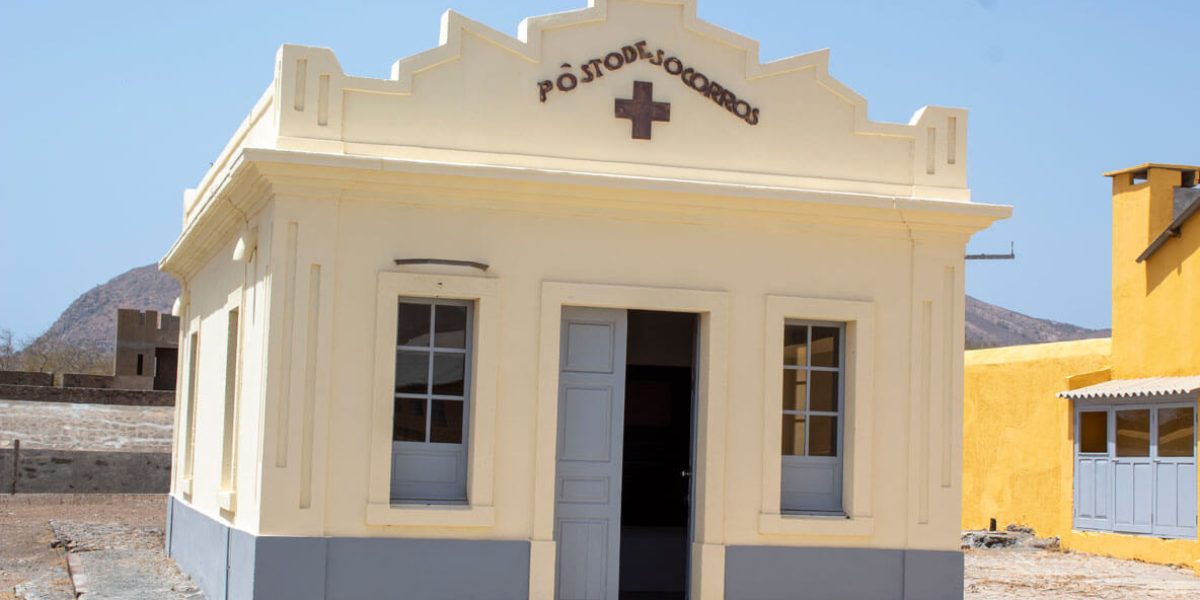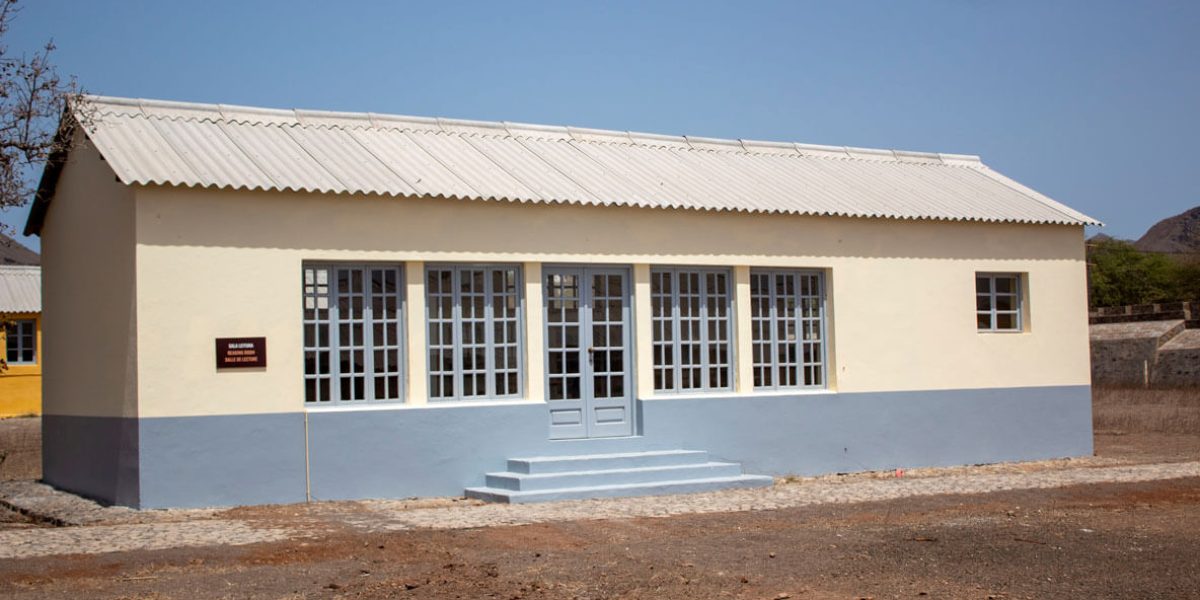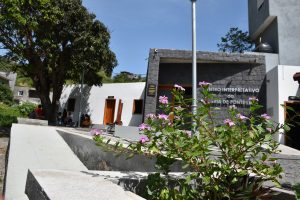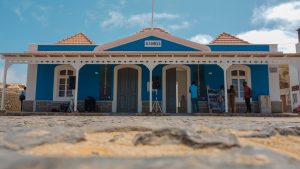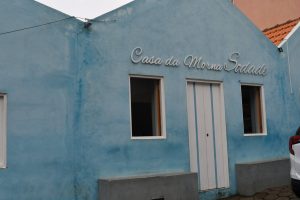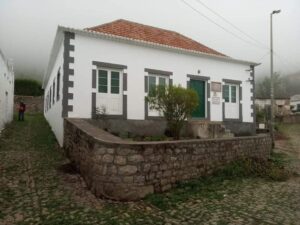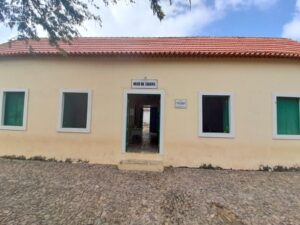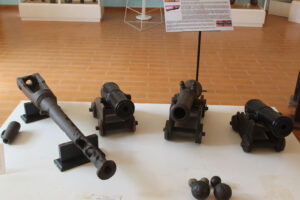O Museu do Campo de Concentração do Tarrafal, called Museu da Resistência, at the time of its opening in December 2000, is located in the former Campo de Concentração do Tarrafal, na old Portuguese prison built in 1936 to receive in a first phase, from 1936 to 1956, anti-fascist Portuguese prisoners and in a second phase, from 1962 to 1974, anti-colonialist prisoners.
Thus, in order to preserve and perpetuate part of the historical memory of that period, the Salazar period, and of the struggle for independence of the former Portuguese colonies in Africa, namely Angola, Guinea Bissau and Cabo Verde, this space of transnational collective memory was created.
The musealization of the campo went through different phases, always with the purpose of describing the history and experience of the complex. In the first phase, from 2000 to 2009, financed by the Secretary of State of Portuguese Cooperation, the museum had only one showroom, In the former Secretaria do Campo, dedicated mainly to the 1st phase of its operation as a Penal Colony.
Saber MaisIn the 2nd phase, inaugurated on 1 May 2009, following the Symposium on "Tarrafal", the museum has now two exhibition spaces, one for the period as a Penal Colony of Cabo Verde (1936-1956) and another for the Labour Campo of Chão Bom (1962-1974). In a third phase, inaugurated on 20 January 2016, a museological and museographic redefinition was carried out covering the entire external and internal part of the Campo, in situ musealisation, with the creation of a circuit starting from the " “porta de arma” (gun gate), right at the entrance to the Campo, passing through the annexes (former housing of employees, officers and guards of the Camp, barracks, weapons house, secretariat, etc.) and culminating inside the prison complex.
However, the most recent work carried out in this museum took place at the beginning of the year 2021, following the rehabilitation works in the prison complex as part of the PRRA project.( Requalification, Rehabilitation and Accessibility Program).Thus, a new museological and museographic project was carried out, which sought to bring to the museum a great diversity of contents and greater functionality, making it a space for cultural and leisure promotion, but above all a space of memory and emotion.
This requalification made it possible to dignify even more this space of memory of the peoples of “Portuguese Africa”, which has been a National Heritage Site since 2006 and which is inscribed on the Indicative List of Cabo Verde for Unesco, and, therefore, a potential candidate for Heritage of the Humanity.
Today, the O Museu (museum) do Campo de Concentração is a reference space capable of transmitting and, much more than that, educating its audience so that they feel engaged in the conservation, preservation and enhancement of the collective memory of the peoples of Cabo Verde, Guinea, Angola and Portugal, in their tireless fight for the Common good, freedom and peace.
Ler menos